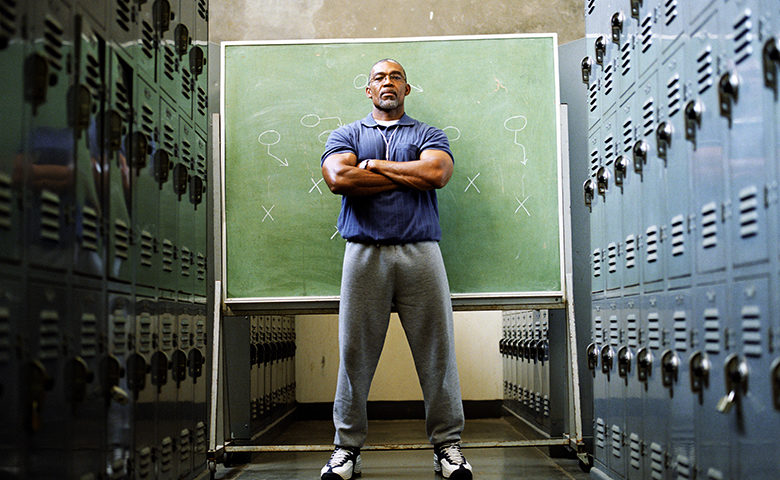Safety training success depends on many factors, ranging from time and teaching materials to culture, trainer skills and delivery. Unfortunately, a great deal of workplace training tends to be limited to only providing what’s legally required, and it’s delivered in ways that fail to engage employees.
Even for companies that wish to provide workers with impactful learning opportunities, training delivery and meaningful knowledge transfer are a constant struggle. According to the Safety Decisions article ”The Case for a Safety-Coaching Model”, this is due to the fact that safety professionals focus primarily on in-class learning while overlooking the importance of practice.
The example used by Ray Prest, the article’s author, is that of football coaches who improve their players’ skills through constant practice. The same should be true for safety skills because simply knowing what’s expected or safe doesn’t mean that knowledge will lead to safer actions. As he says:
(…) being aware of when to wear personal protective equipment (PPE) is easy—but take a look at most places in America and it’s evident that it’s much harder for workers to remember and care enough to actually put it on.
According to Prest, safety knowledge is not synonymous with safety skills, and those in charge of safety should think of themselves as coaches and not as teachers. To extend the metaphor, he suggests that supervisors can act as members of a coaching team, as they can help spread the safety message and encourage employees to engage in safe practices.
Prest notes that “A teacher lectures (…). A coach makes workers practice.” And it doesn’t matter what skills you’re trying to introduce in the workplace. At the end of the day, “treating employees as a team instead of pupils will allow you to gain more traction with your safety training, regardless of the specific content you’re training on.”
In his article, Prest delves into the vital differences between teaching and coaching and provides some valuable advice for those hoping to make safety habits develop and stick. If you’d like to learn more, read the article here.

